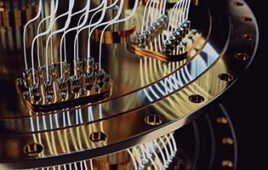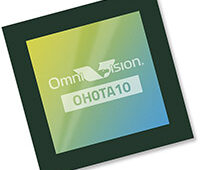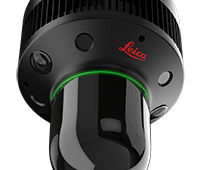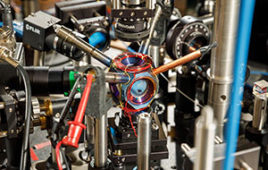Summer is around the corner — time for cookouts and sunbathing. But too much sun can result in sunburn, which is the main cause of skin cancer. Because the time it takes to get burned depends on many factors, it is not easy to tell when to seek shade. To help people stay safe, researchers report in ACS Sensors the development of a paper-based sensor for monitoring sun exposure given different skin tones and sunscreen levels.
Most currently available UV sensors require high-tech gadgets to operate, such as smartphones or wearable devices. Recently, single-use, disposable sunburn sensors have come onto the market. However, some of these sensors use substances that are potentially harmful to people or the environment. Others are only good for specific skin tones. Thus, J. Justin Gooding and colleagues set out to create a disposable sunburn sensor that is inexpensive, is composed entirely of safe and benign materials and can be easily calibrated to take into account different skin tones and SPFs of sunscreens that are applied on the skin.
The group created a sun-exposure sensor by inkjet printing titanium dioxide, a nontoxic and inexpensive compound, and a food dye on paper. When enough UV radiation hits the sensor, titanium dioxide causes the dye to change color, warning people to get out of the sun or apply more sunscreen. To adjust the sensor for various skin tones and sunscreen use, the group added UV neutral density filters that can speed up or slow down the discoloration time of the sensor.
The researchers acknowledge funding from the Australian Research Council Centres of Excellence funding scheme.
Source: American Chemical Society




